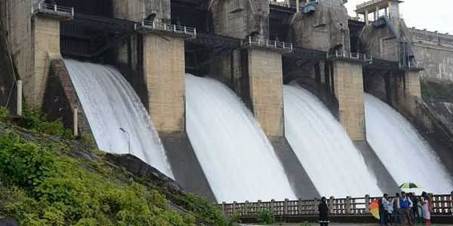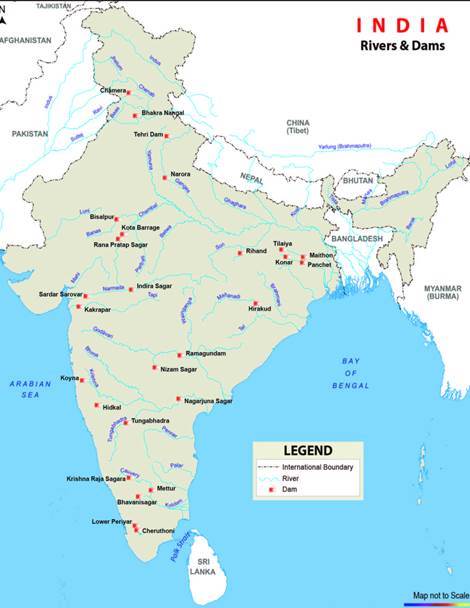Free Courses Sale ends Soon, Get It Now


Free Courses Sale ends Soon, Get It Now



Disclaimer: Copyright infringement not intended.
Context
Dam safety need of the hour:
Dam Safety Act, 2021
Significance of Dams

© 2024 iasgyan. All right reserved